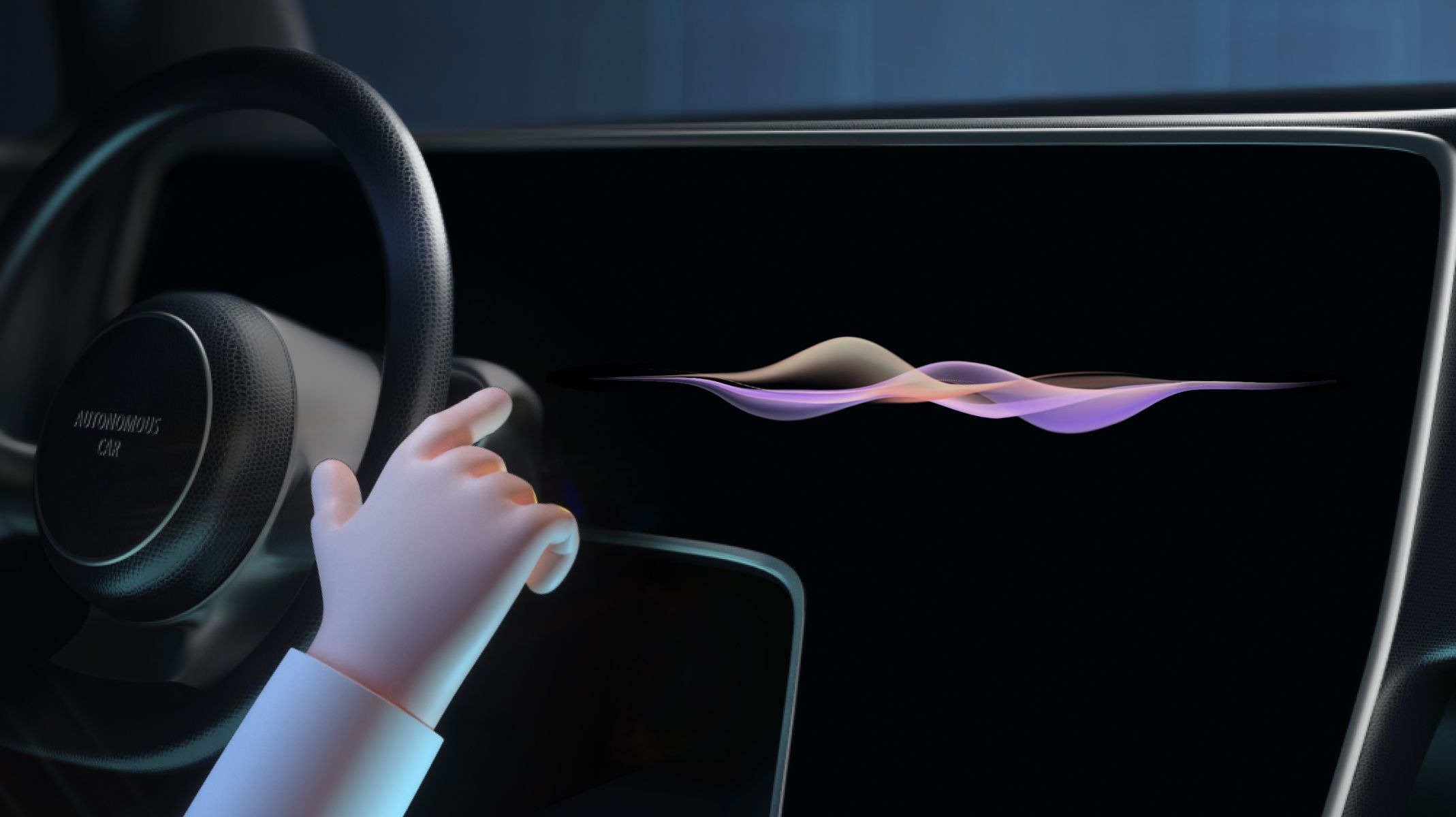
Smart Car Interfaces: The Integration of AI and Voice Recognition
In the era of smart technology and artificial intelligence (AI), the automotive industry is undergoing a remarkable transformation. One of the most significant advancements in this evolution is the integration of AI and voice recognition technologies into smart car interfaces. In this expert article, we will explore the exciting developments in smart car interfaces, how AI and voice recognition are reshaping the driving experience, and the potential benefits they offer in terms of safety, convenience, and connectivity.
The Evolution of In-Car Interfaces
From Traditional Dashboards to Smart Interfaces
Gone are the days of simple dashboard displays and physical buttons in cars. Today, modern vehicles are equipped with sophisticated infotainment systems and smart interfaces that seamlessly integrate with smartphones and cloud services. These interfaces have become the central control hubs for navigation, entertainment, communication, and more.
The Role of AI
AI has played a pivotal role in transforming in-car interfaces. By leveraging machine learning algorithms and natural language processing (NLP), AI enhances the user experience by providing personalized recommendations, predictive navigation, and intelligent voice control.
The Power of Voice Recognition
Natural Language Understanding
Voice recognition technology has made tremendous strides in understanding natural language. Modern systems can recognize and interpret spoken words, even in complex sentences, making it easier for drivers to interact with their vehicles naturally.
Hands-Free Control
One of the primary advantages of voice recognition is hands-free control. Drivers can perform a wide range of tasks without taking their hands off the wheel, such as making calls, sending messages, setting navigation destinations, and adjusting in-car settings.
AI-Powered Virtual Assistants
Personalized Assistance
AI-driven virtual assistants, such as Apple’s Siri, Amazon’s Alexa, and Google Assistant, have become integral parts of smart car interfaces. These virtual assistants provide personalized assistance, offering recommendations based on user preferences and past behavior.
Context Awareness
AI-powered virtual assistants are becoming increasingly context-aware. They can anticipate user needs by considering factors like location, time of day, and driving conditions. For example, they might suggest nearby restaurants during mealtime or offer traffic updates during a commute.
Enhancing Safety
Hands-on-the-Wheel Focus
Voice recognition technology contributes to safer driving by minimizing distractions. Drivers can keep their focus on the road while interacting with their vehicles, reducing the risk of accidents caused by manual interactions with devices.
Advanced Driver Assistance
Voice-controlled AI can integrate with advanced driver assistance systems (ADAS) to provide real-time information and alerts. For instance, it can warn drivers about potential hazards, suggest safer routes, or adjust vehicle settings to improve safety.
Connectivity and Integration
Seamless Integration
AI and voice recognition technologies facilitate seamless integration with smartphones and smart home devices. Drivers can control home appliances, check their schedules, and interact with their digital ecosystems while on the road.
Cloud Connectivity
Cloud-based services and updates are increasingly accessible through smart car interfaces. AI can leverage cloud connectivity to provide up-to-date information, such as real-time traffic data, weather forecasts, and over-the-air (OTA) software updates.
Challenges and Considerations
Privacy and Security
As AI and voice recognition become more integrated into vehicles, concerns about data privacy and cybersecurity arise. Car manufacturers must prioritize robust security measures to protect sensitive user information.
User Adoption and Adaptation
While AI-powered interfaces have the potential to enhance the driving experience, user adoption and adaptation are critical factors. Manufacturers should ensure that these technologies are intuitive and user-friendly.
Conclusion
The integration of AI and voice recognition into smart car interfaces represents a significant leap forward in the automotive industry. These technologies offer drivers unprecedented convenience, safety, and connectivity while on the road. As AI continues to advance, smart car interfaces will become even more sophisticated, providing drivers with personalized, context-aware, and hands-free experiences.
However, with great power comes great responsibility. Car manufacturers must remain vigilant in addressing privacy and security concerns and strive to create interfaces that enhance, rather than detract from, the driving experience. As AI and voice recognition technologies continue to evolve, they are set to play an increasingly central role in the future of smart transportation.

